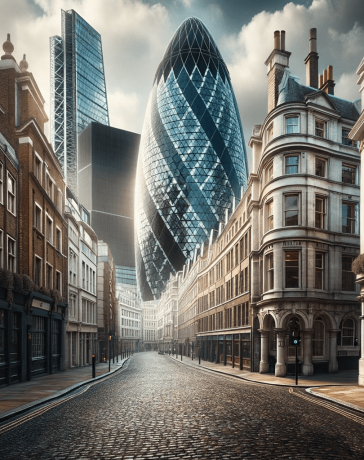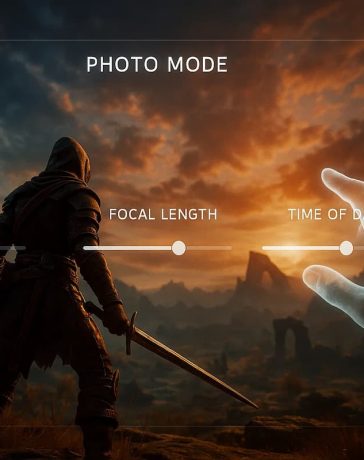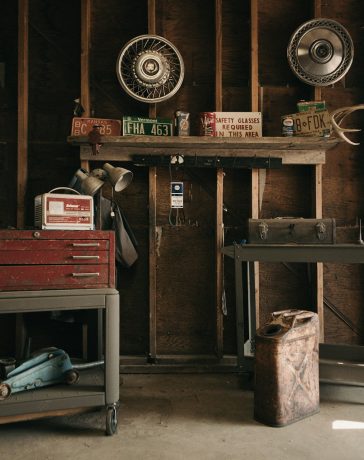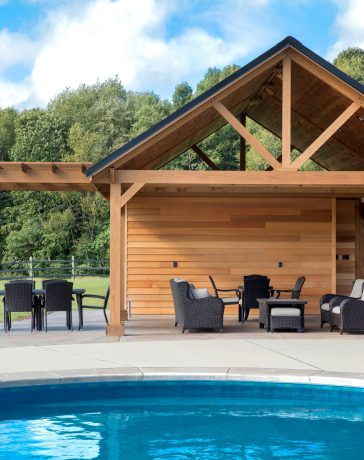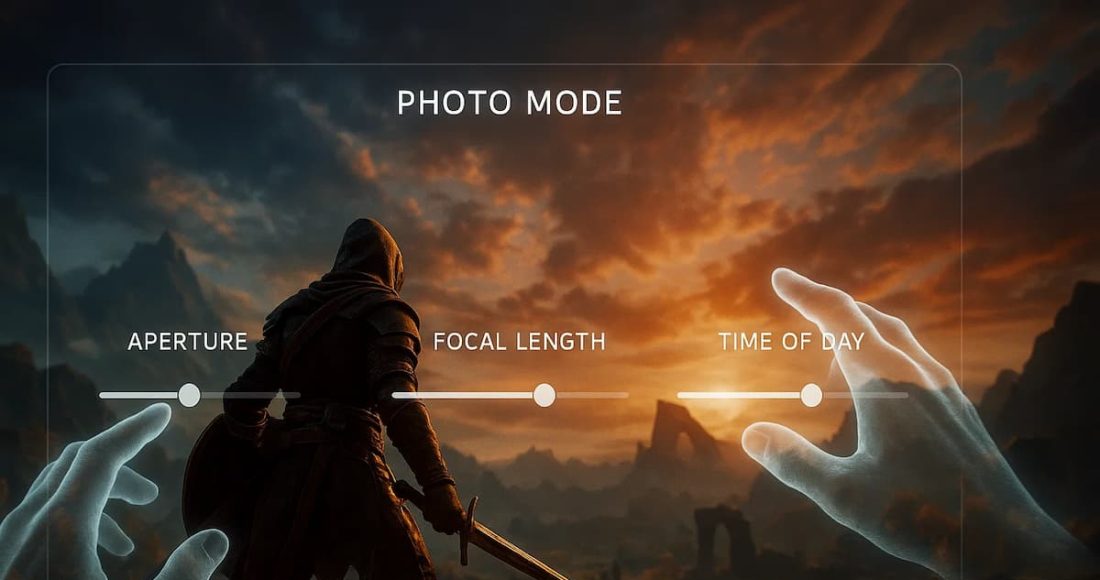Imagine a single, stark image: a lone figure on horseback, silhouetted against a colossal, ancient stone creature stirring from its slumber. There are no words, no dialogue boxes, no quest markers. Yet, a powerful story is instantly communicated one of scale, isolation, daunting purpose, and a looming, tragic conflict. This is the essence of game screenshot storytelling, a discipline where the player transforms from a mere participant into a visual author.
This practice, often called virtual photography, has evolved from a niche hobby into a legitimate art form. It is the conscious act of capturing moments within a game world to convey a narrative, evoke an emotion, or simply celebrate the incredible artistry of digital environments. It requires a keen eye for composition, a deep understanding of visual language, and the patience to wait for that perfect confluence of light, shadow, and subject. Curators of gaming’s visual artistry, like Dafy Gaming Hub, recognize that these captured moments are more than just pictures; they are self-contained stories, frozen in time.
The Evolution of In-Game Photography
The journey of gaming photography mirrors the technological advancement of gaming itself. What began as a rudimentary function has blossomed into a sophisticated set of creative tools.
From Brute Force to a Budding Art
In the early days of PC and console gaming, taking a “screenshot” was a utilitarian act. The Print Screen key on a keyboard was the primary tool, capturing the entire screen user interface, health bars, and all. It was a method for sharing progress, proving a high score, or reporting a bug. Artistic expression was an afterthought, achieved through clever camera manipulation and manually hiding the HUD, a process often cumbersome and imprecise.
Third-party programs like FRAPS became popular on PC, allowing for higher-quality captures, but the creative limitations remained significant. The artist had to work within the strict confines of the game’s default camera and presentation.
The Photo Mode Revolution
The true game-changer was the widespread implementation of dedicated “Photo Modes.” Pioneered and popularized by titles like The Last of Us, Infamous Second Son, and Middle-earth: Shadow of Mordor, these in-game tools handed the creative controls directly to the player. Suddenly, anyone could pause the action, detach the camera from the player character, and become a virtual director.
These modes offered a suite of professional-grade features:
- Free Camera: The ability to move, pan, and tilt the camera to find the perfect angle.
- Field of View (FoV): Adjusting the lens from a wide-angle shot to a narrow, telephoto perspective.
- Depth of Field (Aperture): Controlling focus to create a blurred background (bokeh) and make subjects pop.
- Filters and Color Grading: Applying visual styles and adjusting exposure, contrast, and saturation.
- Character Controls: The ability to hide characters, change their poses, or alter their facial expressions.
This technological leap democratized gaming photography. It was no longer about simply recording what was on the screen, but about actively composing an image, making deliberate artistic choices to tell a story.
Reading the Environment: Visual Storytelling Basics
The best visual storytelling games are dense with unspoken narratives, waiting to be discovered and captured. The virtual photographer is part detective, part artist, learning to read the language of the environment to uncover its hidden stories.
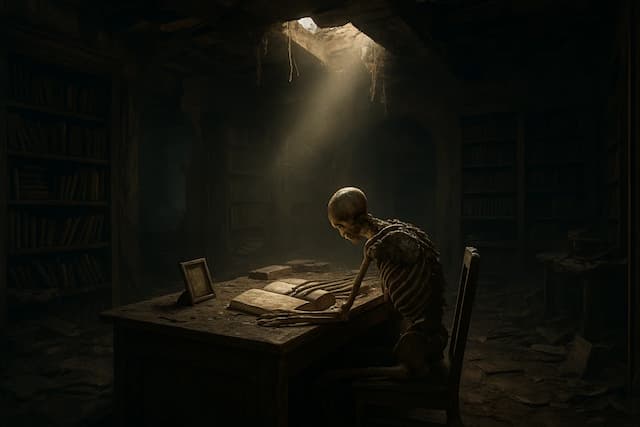
The Unspoken Narrative of Objects
Every object placed in a well-designed game world has a purpose. A skeleton slumped over a desk, clutching a faded photograph, tells a more poignant story of loss than a page of dialogue ever could. This is the art of environmental storytelling. To capture it, one must learn to ask questions:
- Why is this chair knocked over? It suggests a struggle or a hasty escape.
- Whose teddy bear is this in the rubble? It speaks of innocence lost, a family displaced.
- Why are there fresh flowers on this old grave? It implies someone still remembers, a story of enduring love or grief.
Games like the Fallout and BioShock series are masters of this craft. Every room is a diorama of a life interrupted. Capturing these small, carefully arranged scenes transforms a screenshot from a simple environmental shot into a compelling micro-narrative.
Lighting as a Primary Character
Lighting is perhaps the most powerful tool for setting a mood. A skilled virtual photographer understands that light is not just illumination; it is a character in its own right, capable of transforming a scene completely. Harsh, direct overhead light can feel sterile or oppressive. The soft, golden glow of a low sun evokes warmth, nostalgia, and peace. The deep, long shadows of twilight can create a sense of mystery or impending danger. When composing a shot, consider what the light is doing. Is it highlighting a key object? Is it framing a character in a dramatic silhouette? Is it casting eerie shadows that hint at unseen threats? Learning to master light is fundamental to effective game screenshot storytelling.
Landscape Photography in Virtual Worlds
Capturing the grand, sweeping vistas of digital worlds is one of the most popular forms of gaming photography. These landscapes are not merely backdrops; they are foundational to the game’s identity and a rich source of narrative.
Capturing a Sense of Scale and Awe
Many games, from Red Dead Redemption 2 to The Legend of Zelda: Breath of the Wild, are designed to make the player feel small against the backdrop of a vast, untamed world. To capture this feeling, virtual photographers often employ the “tiny person, big world” technique. By placing the player character as a small element within a massive landscape, the screenshot emphasizes the grandeur and scale of the environment. Using a wide field of view can further exaggerate this effect, pulling the viewer into the scene and conveying a sense of adventure and discovery.
The Dynamic Canvas: Weather and Time
A virtual landscape is not a static painting; it is a dynamic canvas, constantly changing with the passage of time and shifts in weather. A snow-capped mountain range in The Elder Scrolls V: Skyrim tells a different story at serene, clear dawn than it does during a raging blizzard at midnight. The former speaks of majestic beauty and peace, while the latter communicates struggle, danger, and survival. Great virtual landscape photography involves patience. It means waiting for the storm clouds to gather over the sea in The Witcher 3: Wild Hunt, or for the fog to roll into the valley in Ghost of Tsushima. These ephemeral moments are what elevate a good landscape shot into a great one. These breathtaking captures become more than just gameplay; they are digital art, worthy of being shared as stunning gaming wallpapers.
Architecture as Character
Buildings and structures in games are more than just geometry; they are vessels of history, culture, and narrative. The way a city is designed or a castle has crumbled tells a story that is as profound as any written lore.
Architectural Styles and Worldbuilding
Architectural style is a form of shorthand for worldbuilding. The Art Deco utopianism of BioShock‘s Rapture tells you everything you need to know about its founder’s philosophy before you read a single line of text: it is a city built on ambition, elegance, and a hubris that led to its inevitable downfall. Contrast this with the stark, imposing Brutalism of the Oldest House in Control.
Its cold, concrete surfaces and impossible geometry communicate a sense of oppressive bureaucracy, alien power, and a world operating on rules beyond human comprehension. When capturing architecture, the photographer is not just shooting a building; they are capturing the personality of the world itself.
Narratives of Decay and Renewal
The state of a structure is a powerful narrative tool. A ruined, moss-covered castle in Elden Ring speaks of a once-great civilization that has fallen into ruin, its glory now a distant memory. The arrows embedded in its walls and the broken siege equipment at its gates tell of a violent, desperate final stand.
Conversely, a freshly repaired wall or a newly constructed home in a game like Final Fantasy XIV tells a story of community, resilience, and hope. By focusing on these details the crumbling facades, the overgrown courtyards, the meticulously maintained storefronts a photographer can tell the entire history of a place in a single frame.
The Technical Art of Screenshot Composition
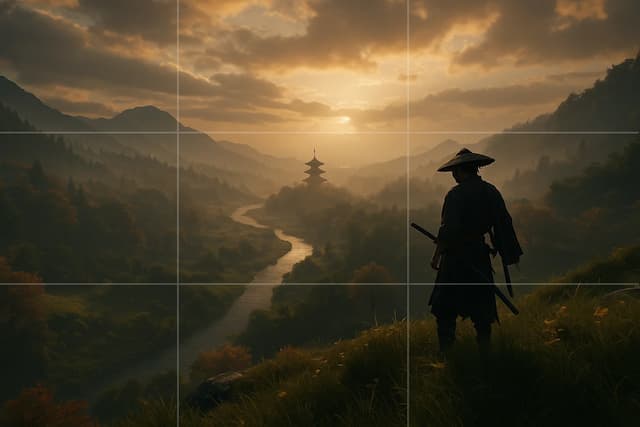
Beyond a good eye, powerful game screenshot storytelling relies on the timeless principles of photographic composition.
| Compositional Rule | Explanation | In-Game Application |
| Rule of Thirds | Placing key subjects along imaginary lines that divide the frame into thirds, rather than directly in the center, creates a more balanced and visually interesting image. | Position your character on the left or right third of the screen, looking across the frame into the empty space. |
| Leading Lines | Using natural or man-made lines (roads, rivers, fences, sightlines) to guide the viewer’s eye toward the main subject. | Frame a shot so that a winding path or the edge of a building leads the eye directly to a distant castle or character. |
| Depth of Field | Creating a distinction between a sharp, focused subject and a soft, blurred background or foreground. | Use a low aperture setting in Photo Mode to blur the background, isolating your character and making them the clear focus of the image. |
| Framing | Using elements in the environment (doorways, arches, tree branches) to create a natural frame around your subject. | Position the camera so that your subject is viewed through a ruined window or between two large trees, adding depth to the scene. |
Mastering these techniques elevates a snapshot into a composed photograph, demonstrating intent and a deeper level of game art appreciation.
A New Lens on Digital Worlds
Game screenshot storytelling is a powerful and accessible art form that deepens our connection to the virtual worlds we inhabit. It encourages us to slow down, to look closer, and to appreciate the staggering level of artistry and environmental narrative embedded in modern games. It is a fusion of technological tools and timeless artistic principles, allowing anyone to become a director, a storyteller, and a curator of digital beauty.
So the next time you are traversing a stunning landscape or exploring a decaying ruin, consider pausing the action. Activate photo mode. Look at the world not as a series of objectives, but as a series of potential stories waiting to be told. Pick up your virtual camera and start capturing the artistry that surrounds you. Through this practice of thoughtful observation and creative expression, one can truly appreciate the visual depth and narrative richness of modern gaming.
